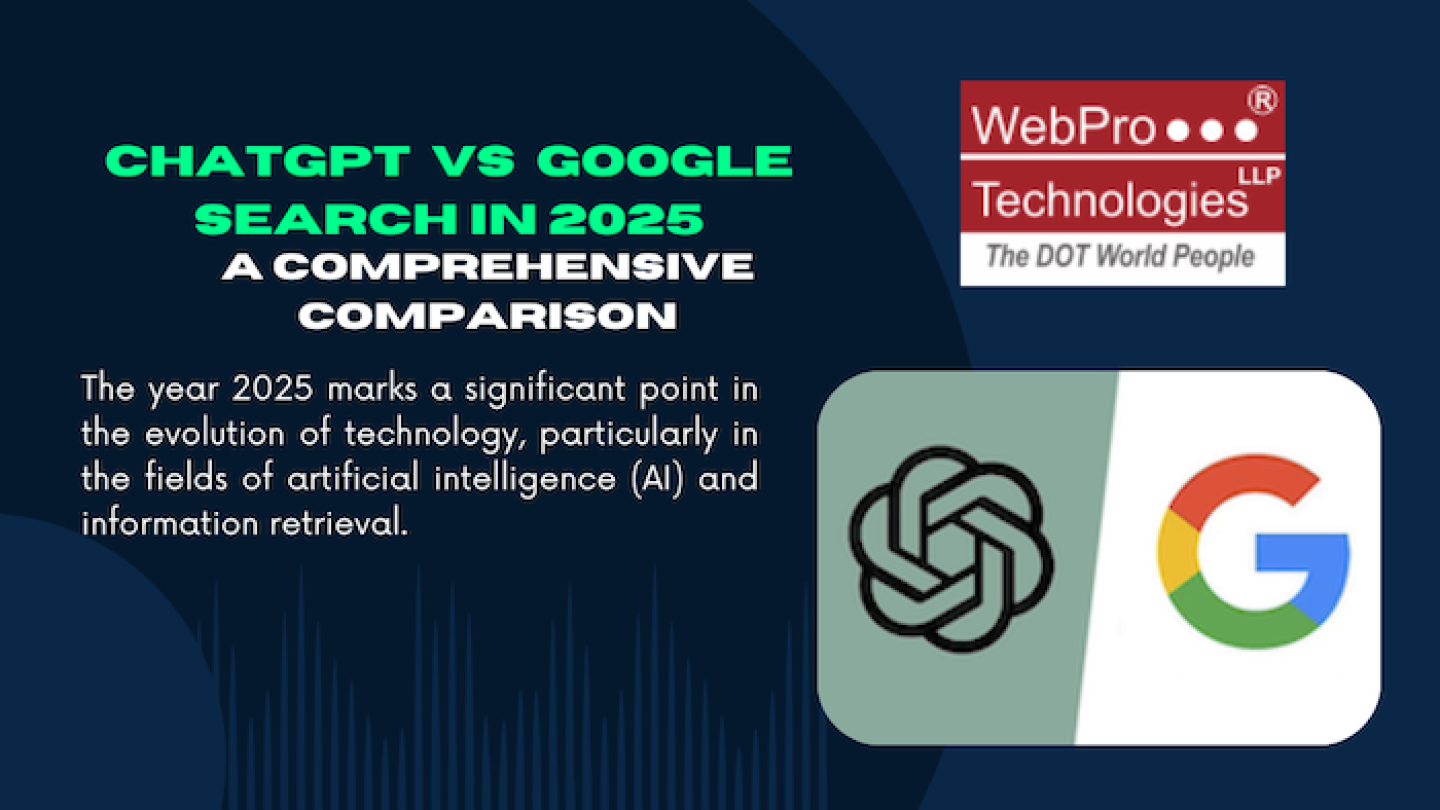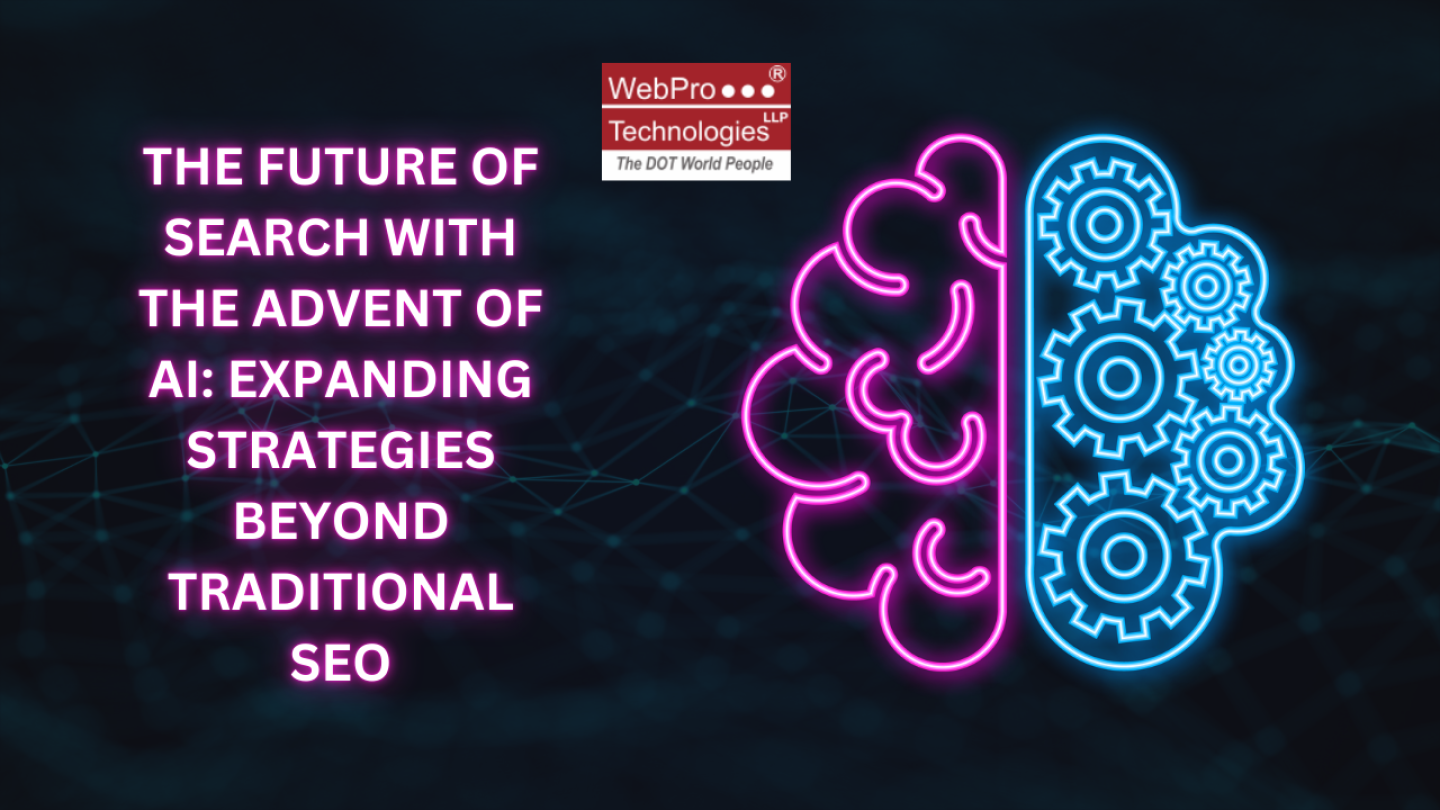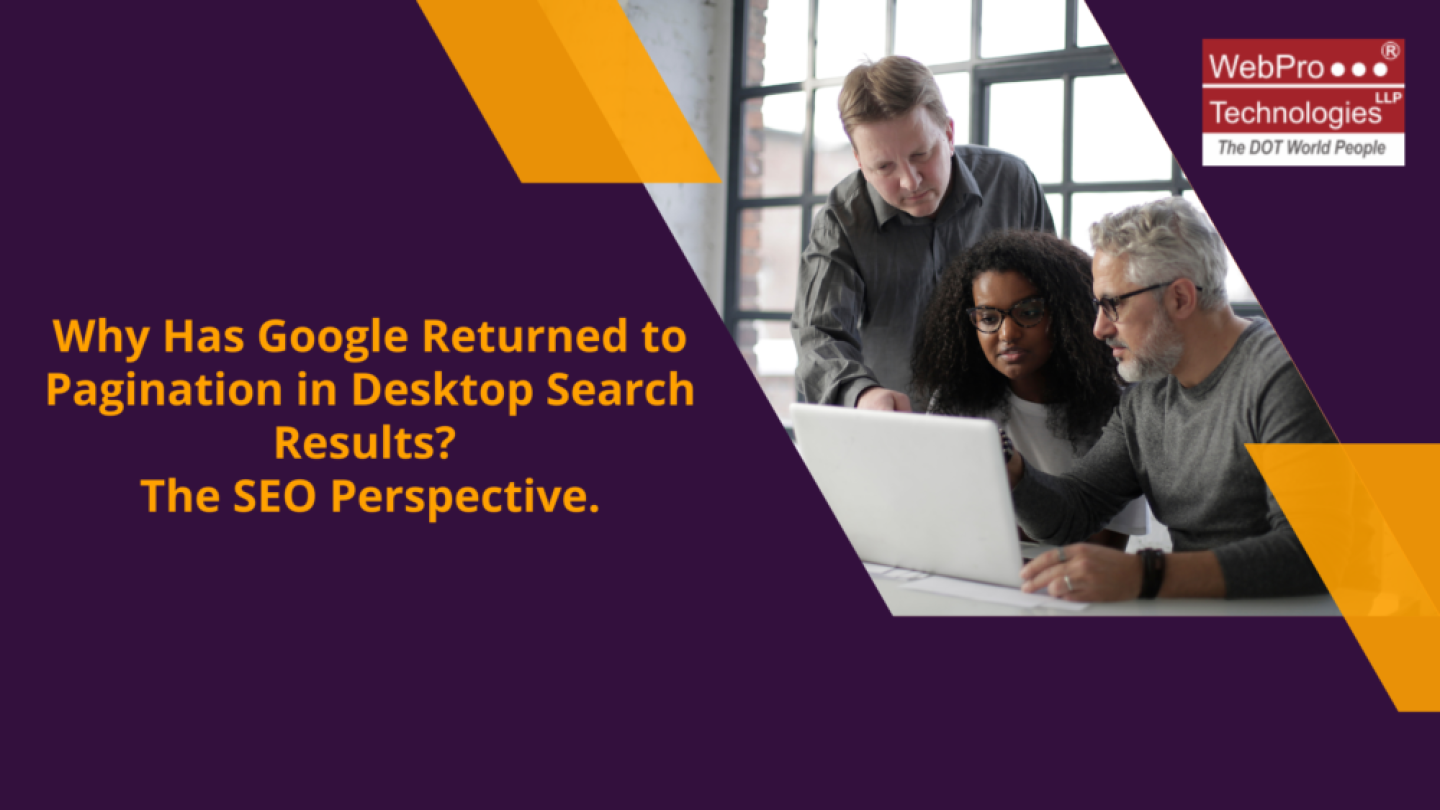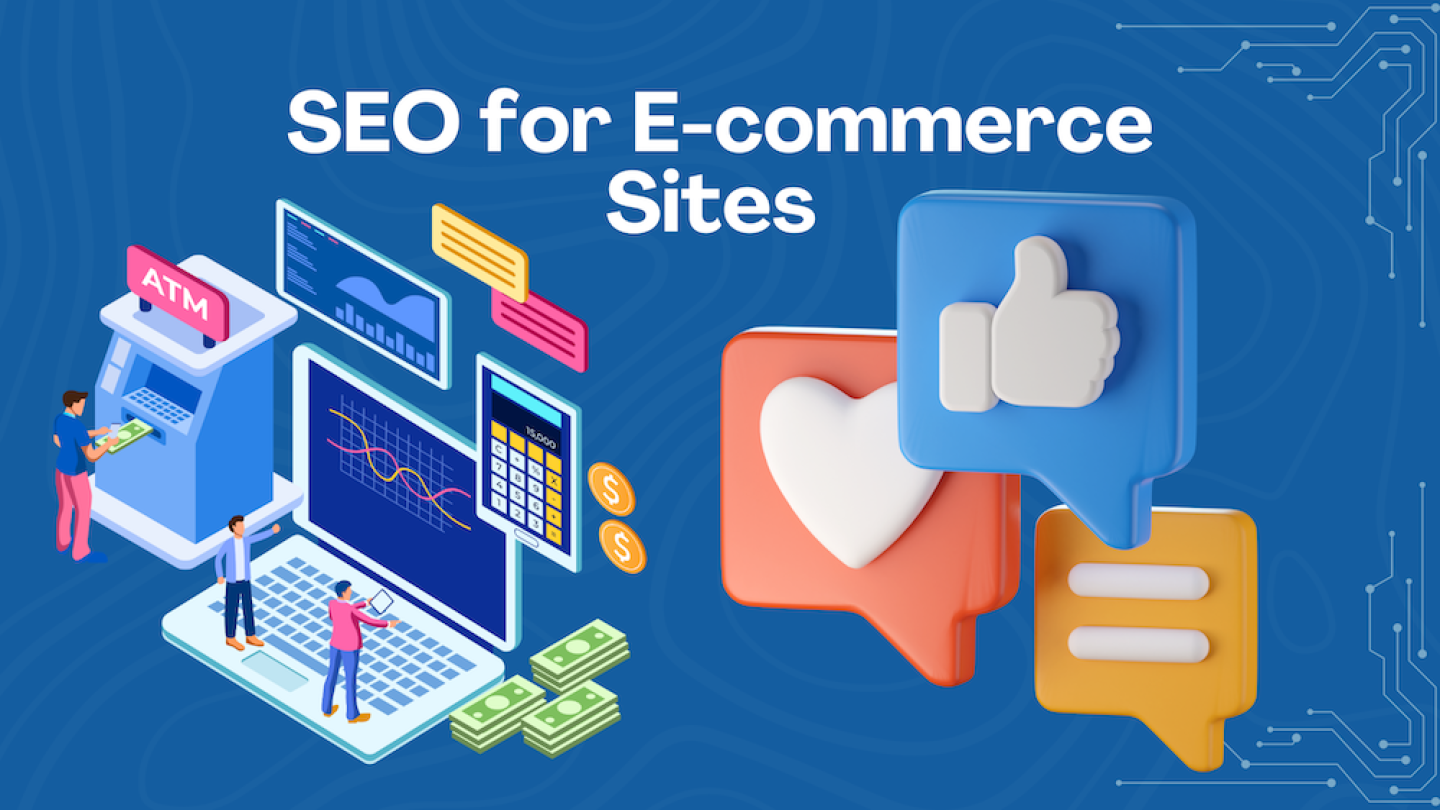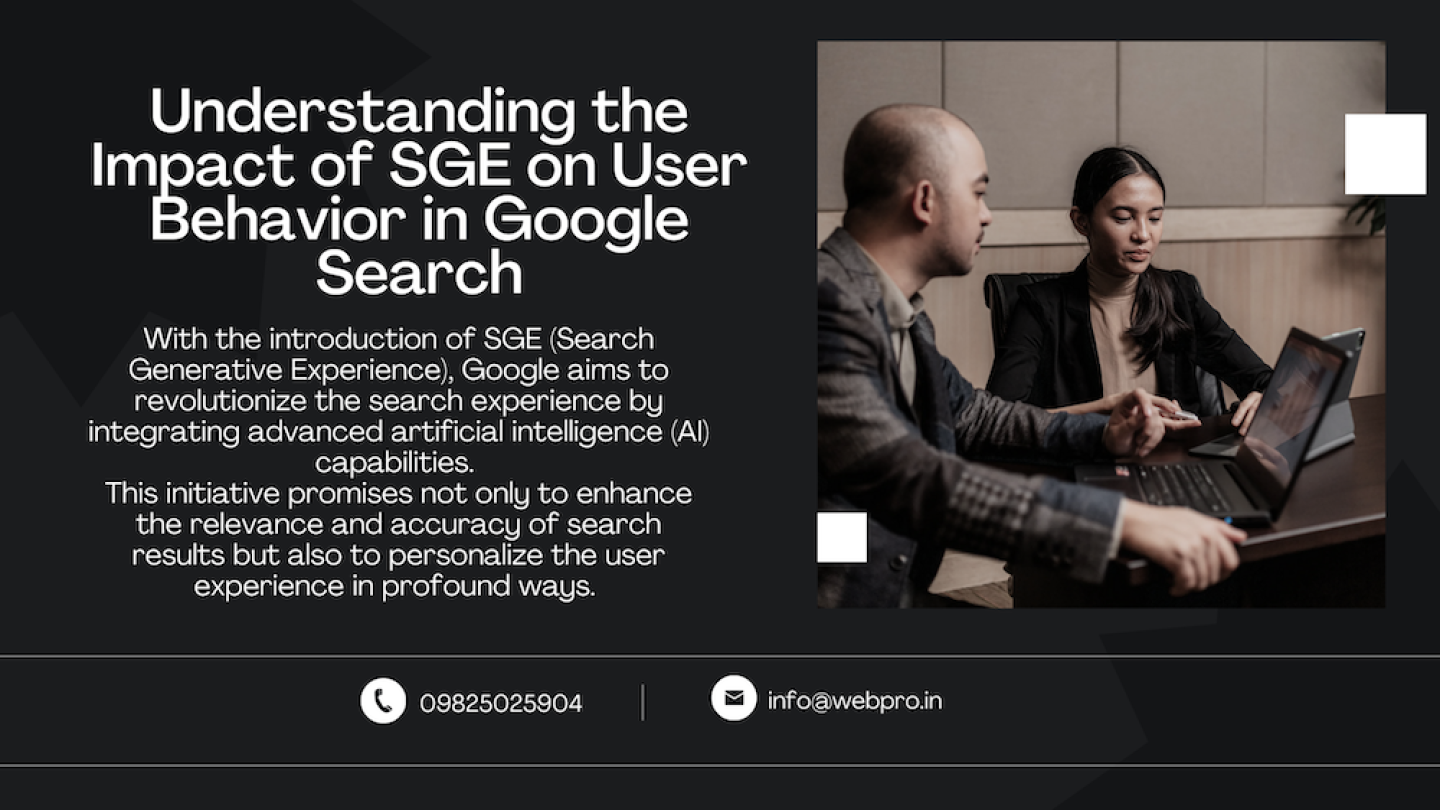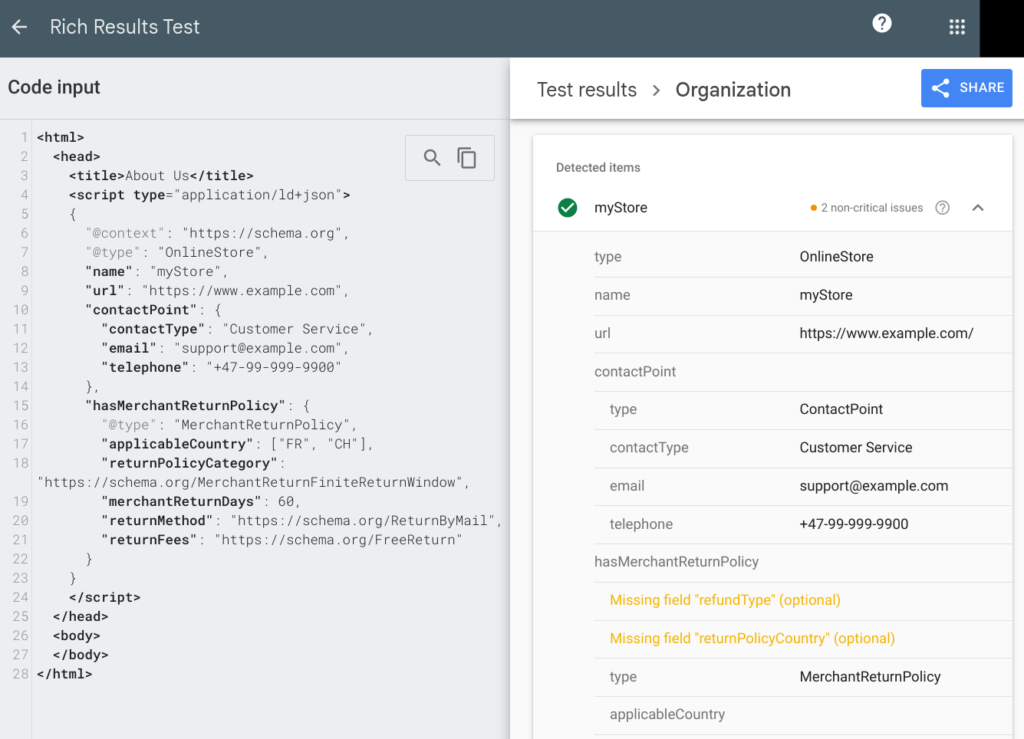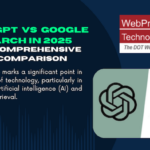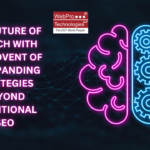The future of Google Search compared to ChatGPT lies in their evolving roles as complementary tools rather than outright competitors. Here’s an analysis of their trajectories:
Future of Google Search
Google Search is poised to maintain its dominance as the primary gateway to the vast web of information. However, it will likely adapt in significant ways to stay competitive and relevant:
1. AI-Driven Enhancements
Google has already incorporated AI into its search algorithms, such as with BERT and MUM. The future will likely see:
- Natural Language Processing (NLP) Integration: Improved understanding of conversational queries, similar to ChatGPT.
- AI Summaries: Direct answers and summaries will increasingly accompany traditional links, offering a hybrid approach.
- Contextual Awareness: Google Search may adapt to multi-turn queries, responding conversationally to clarify or refine results.
2. Real-Time and Verified Information
Google’s strength lies in its ability to aggregate real-time and credible information. Future updates may focus on:
- Verified sources and fact-checking tools to combat misinformation.
- Enhanced integration of live data, such as news updates, weather, and market trends.
3. Specialized Search Experiences
Google might lean heavily into domain-specific search capabilities. For example:
- Enhanced tools for research in academic, medical, or technical fields.
- Industry-focused platforms offering tailored content for professionals.
4. Visual and Multimodal Search
Google Lens and advancements in image and video search will continue to grow. Users will rely on:
- Searching via images, videos, or even AR/VR environments.
- Interactive results like 3D models and augmented reality experiences.
5. Personalized Ecosystems
Google will leverage its data to offer hyper-personalized search experiences:
- Predictive queries based on user habits.
- Integrated tools with Google Workspace, Gmail, and Maps for contextual results.
Future of ChatGPT
ChatGPT, as a conversational AI, represents a different paradigm of information retrieval. Its future is likely to evolve around personalized and task-specific use cases:
1. Enhanced Accuracy and Real-Time Updates
ChatGPT’s reliance on pre-trained data limits its current utility for real-time information. In the future:
- Integration with live data sources and APIs could enable real-time responses.
- Improved training methods will enhance its accuracy and reliability.
2. Specialized Applications
ChatGPT may become an indispensable tool in specific domains:
- Education: Offering tutoring, explanations, and real-time Q&A for students.
- Creative Industries: Assisting with ideation, content creation, and design.
- Customer Support: Replacing or augmenting traditional chatbot systems with more nuanced responses.
3. Personalized AI Assistants
With ongoing improvements, ChatGPT could evolve into a fully personalized assistant:
- Learning user preferences over time to provide tailored advice or recommendations.
- Acting as a productivity tool for scheduling, reminders, and task management.
4. Ethical and Transparent AI
To build user trust, ChatGPT will focus on:
- Transparency in responses, offering references or links to original sources.
- Guardrails against misinformation, bias, and inappropriate content.
5. Integration with Other Platforms
ChatGPT will likely integrate deeply into existing ecosystems:
- Embedded in tools like Microsoft Office, Slack, or CRM systems.
- Functioning as a plugin for web browsers, enhancing search with conversational interactions.
Comparative Roles in the Future
The future will likely see synergy rather than rivalry between Google Search and ChatGPT. Here’s how they might coexist:
- Google Search for Depth, ChatGPT for Convenience
-
- Google Search will remain the go-to platform for comprehensive research and verified information.
- ChatGPT will serve as a conversational tool for quick answers, brainstorming, and explanations.
- Integration of ChatGPT-Like Features in Search
-
- Google may incorporate conversational AI models to offer a ChatGPT-like experience directly in its search engine.
- Users could engage in multi-turn conversations for better clarity and context.
- ChatGPT as a Complementary Tool
-
- For creative and task-specific needs, ChatGPT will complement Google Search rather than replace it.
- Users might rely on Google for data and ChatGPT for synthesizing and personalizing information.
Challenges for Both Platforms
- Accuracy and Misinformation
-
- ChatGPT must overcome its tendency to generate plausible but incorrect answers.
- Google must continue fighting misinformation while balancing user-generated content.
- Privacy and Ethics
-
- Both platforms will face scrutiny over data collection and ethical AI use.
- Transparency in algorithms and data handling will be critical to user trust.
- User Experience
-
- Google must refine its search experience to reduce information overload.
- ChatGPT must ensure that its conversational interface remains intuitive and reliable.
Conclusion
The future of Google Search and ChatGPT will be defined by their ability to innovate and address user needs. While Google Search will continue to dominate in breadth, depth, and real-time accuracy, ChatGPT will carve out its niche in personalized, creative, and conversational interactions. Together, they represent the next frontier of information retrieval and user engagement, potentially merging their strengths into unified, hybrid platforms.

